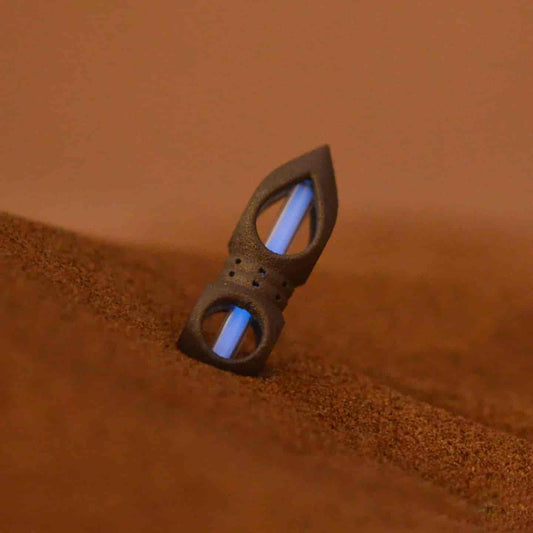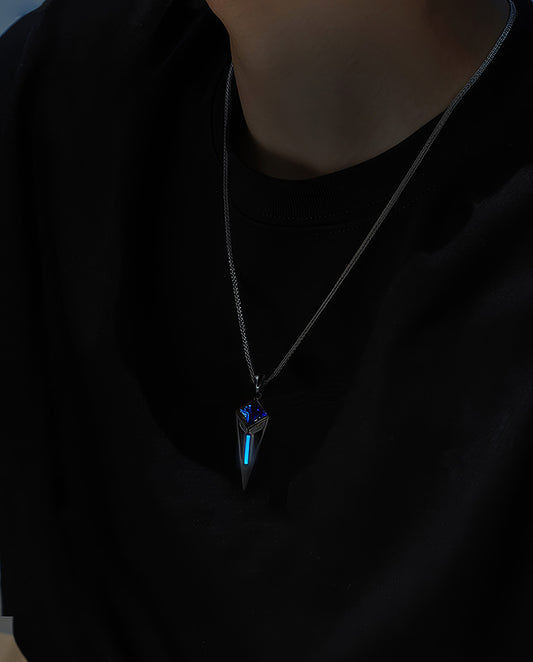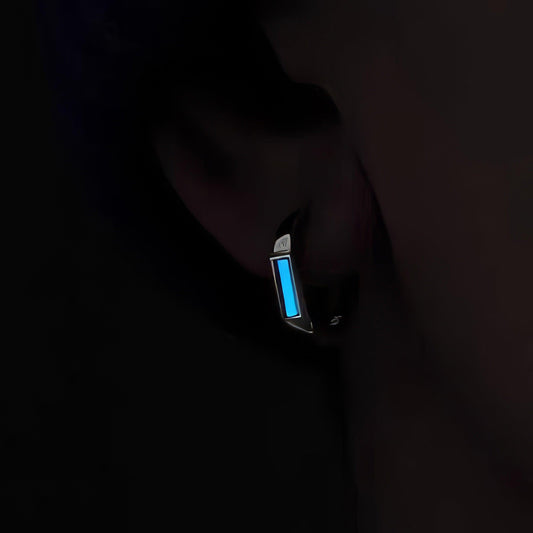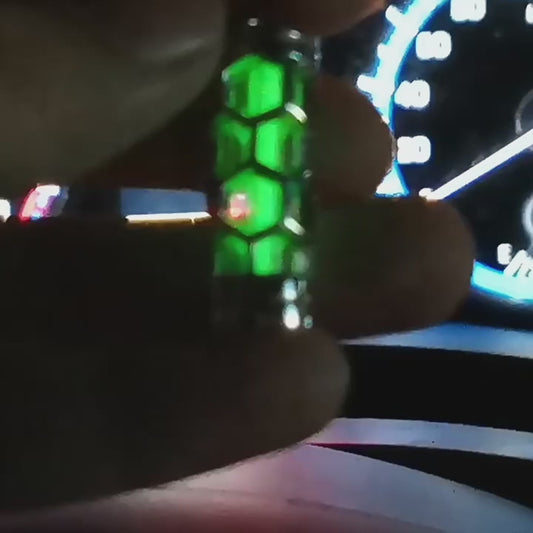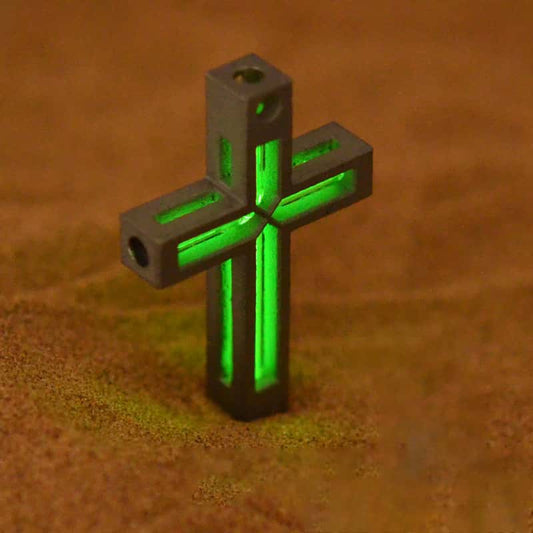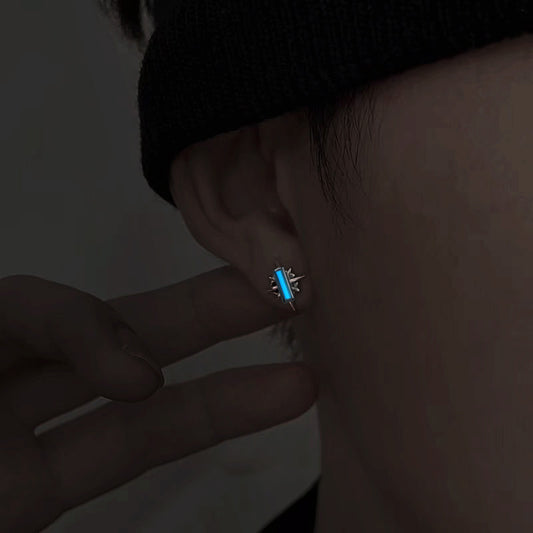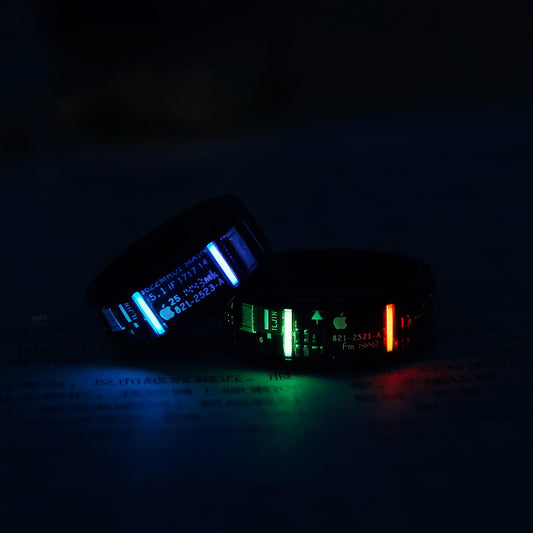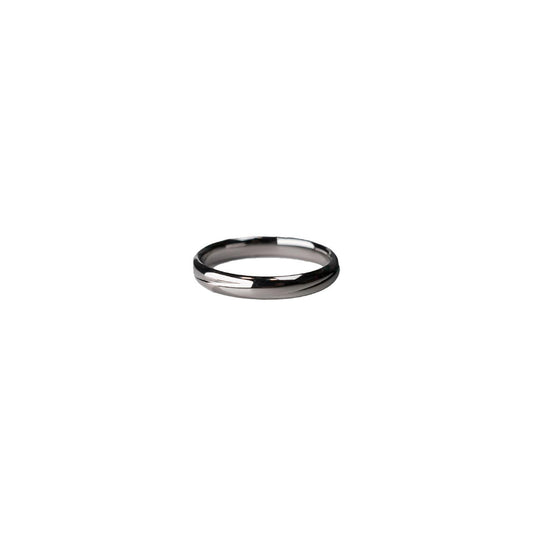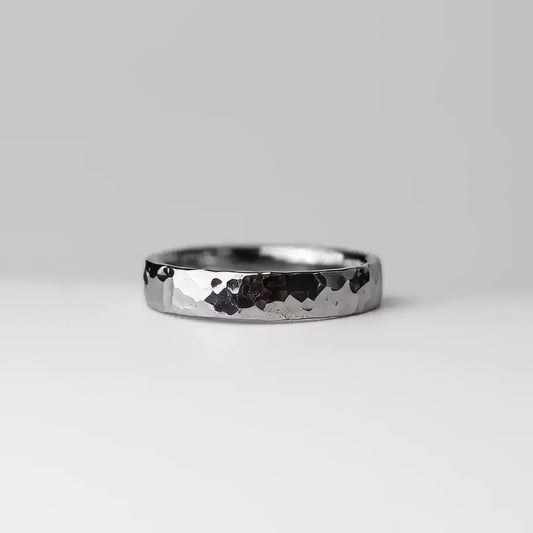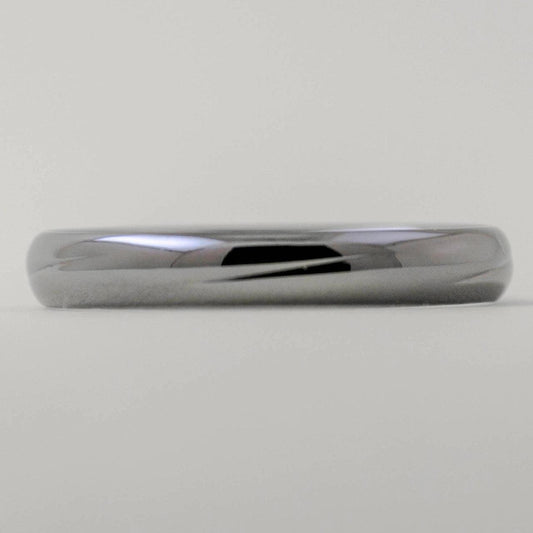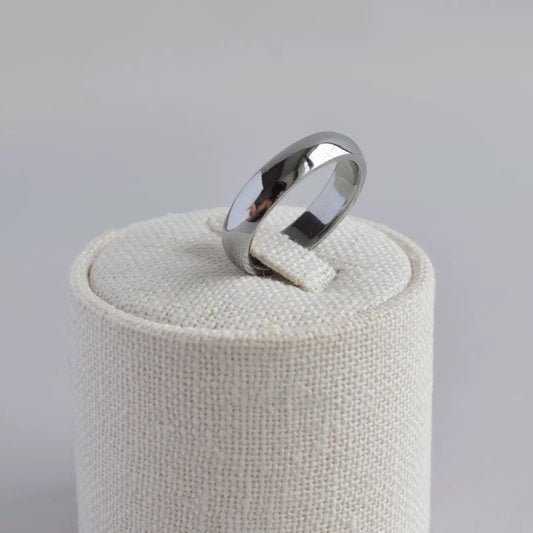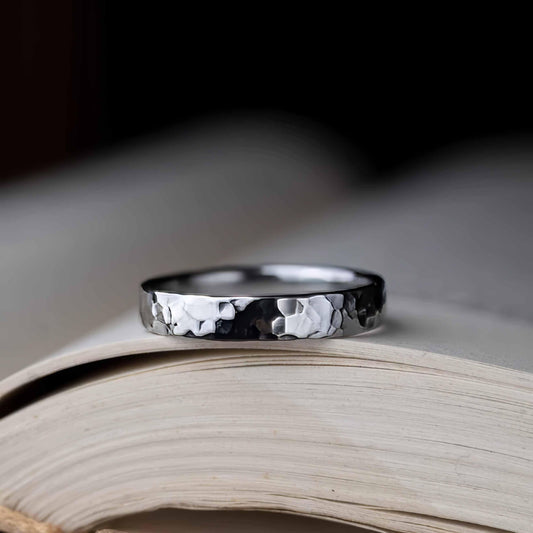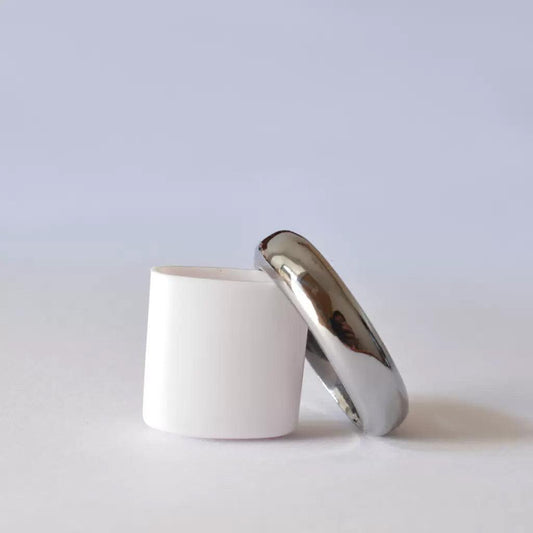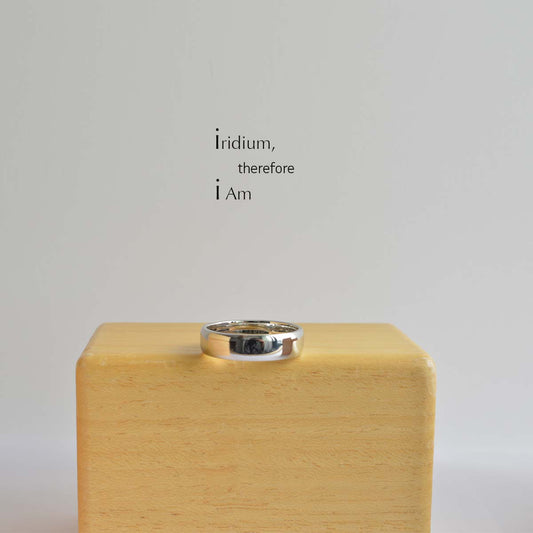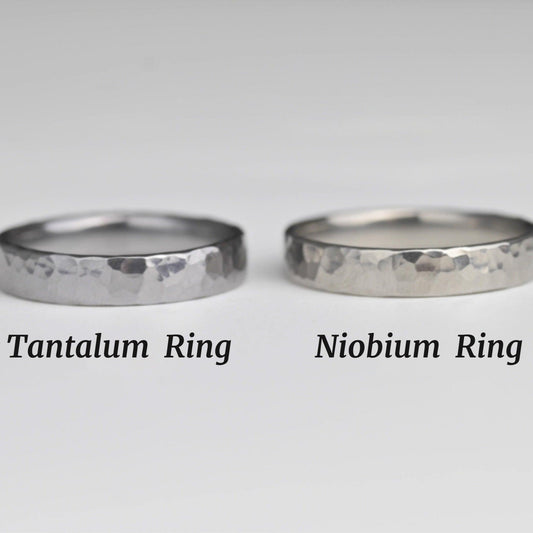Exploring the World of Non-Metal Engagement Rings
Exploring the World of Non-Metal Engagement Rings
When the time came for Jo to propose to Maria, he knew he wanted something as unique and vibrant as their relationship. The traditional path of diamonds and gold felt too conventional for a couple known among friends for their quirky interests and offbeat style. Jo wanted a ring that resonated with their shared love for the environment and their penchant for distinctive fashion. This led him into the fascinating realm of non-metal engagement rings, where innovation and sustainability intersect beautifully.
The first stop on this journey was wood. Yes, wood! Who knew that this humble material could be crafted into a piece as elegant and meaningful as an engagement ring? Wooden rings, often made from reclaimed or sustainably sourced timber, offer a rustic charm that's hard to resist. They are also incredibly lightweight—perfect for anyone who finds traditional metal bands too heavy or cumbersome. I recall my friend Laura once admiring a wooden ring adorned with a beautiful moonstone, marveling at how its smooth textures seemed to capture the essence of nature's elegance.
Another intriguing option is ceramic. While you might initially associate ceramics with art class disasters, it's worth noting how far the material has come in terms of durability and design. Sleek and modern, ceramic rings are available in a variety of colors, from classic black to the glow of pearlescent white. Not only are they scratch-resistant, but they can also be hypoallergenic—ideal for those with sensitivities to metal. My cousin, an allergy sufferer herself, chose a ceramic band embedded with a delicate opal and remarked on how it beautifully reflected the rainbow of colors she adored.
Silicon rings are another choice that brings practicality and style to the forefront. Often favored by athletes or those in hands-on professions, silicone rings are flexible, durable, and incredibly comfortable. They may not have the same aesthetic appeal as some other materials, but what they lack in traditional elegance, they more than make up for in functionality. I remember being quite skeptical about these at first, but seeing my adventurous brother-in-law wear his on a rock climbing trip changed my perspective. He looked at ease, unburdened by the fear of scratching or damaging his ring.
In exploring these materials, what becomes evident is the diversity they offer to anyone looking to step outside the mainstream path. Whether for ecological reasons, personal comfort, or simply the desire for something different, non-metal rings have a lot to offer. Sure, some might raise an eyebrow and ask, "Why not go for the classic metal ring?" But perhaps the real question is, "Why not embrace the new and make tradition your own?" When Jo slipped that handcrafted wooden ring onto Maria’s finger, its unique beauty spoke volumes about their shared values and journey together.
It's truly fascinating how a small piece of jewelry can be a bold statement of individuality and love. As more people seek to personalize the timeless tradition of engagement, non-metal rings present not only an alternative but an opportunity to wear a story—a testament to creativity, sustainability, and in many cases, a much more personal connection than a simple band of gold can offer. In the end, it's these stories and choices that make each journey to the aisle remarkably one of a kind.
